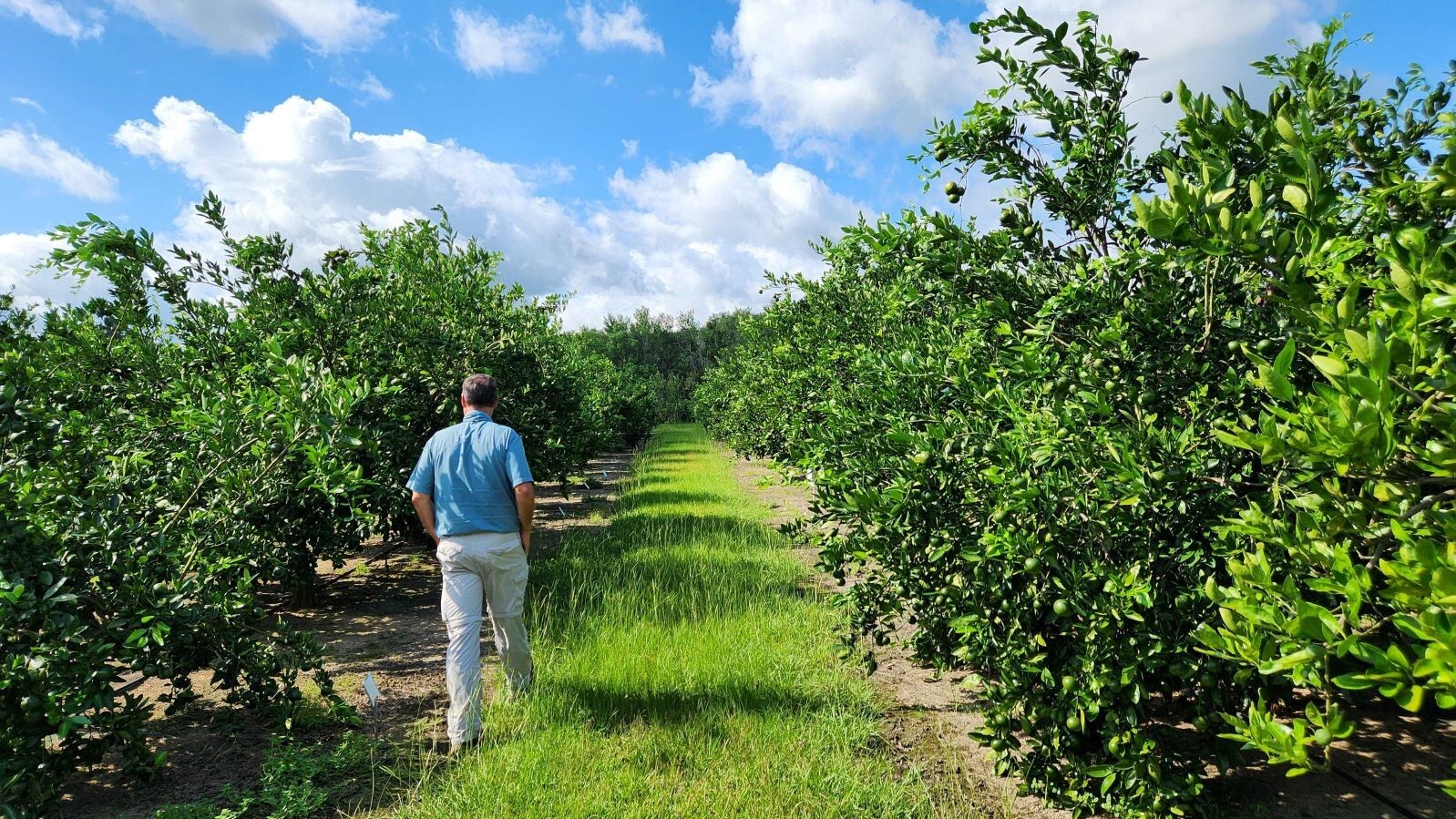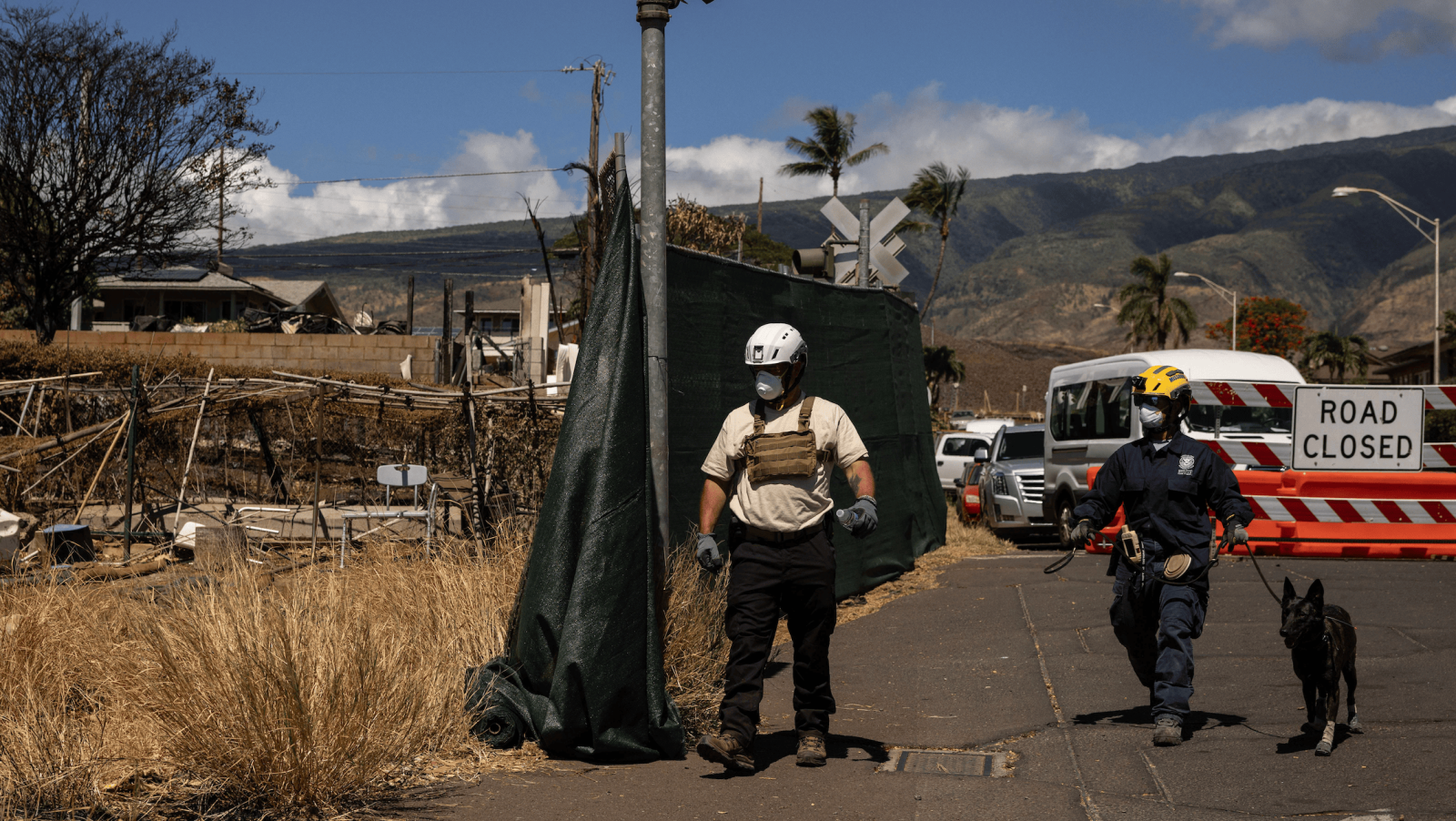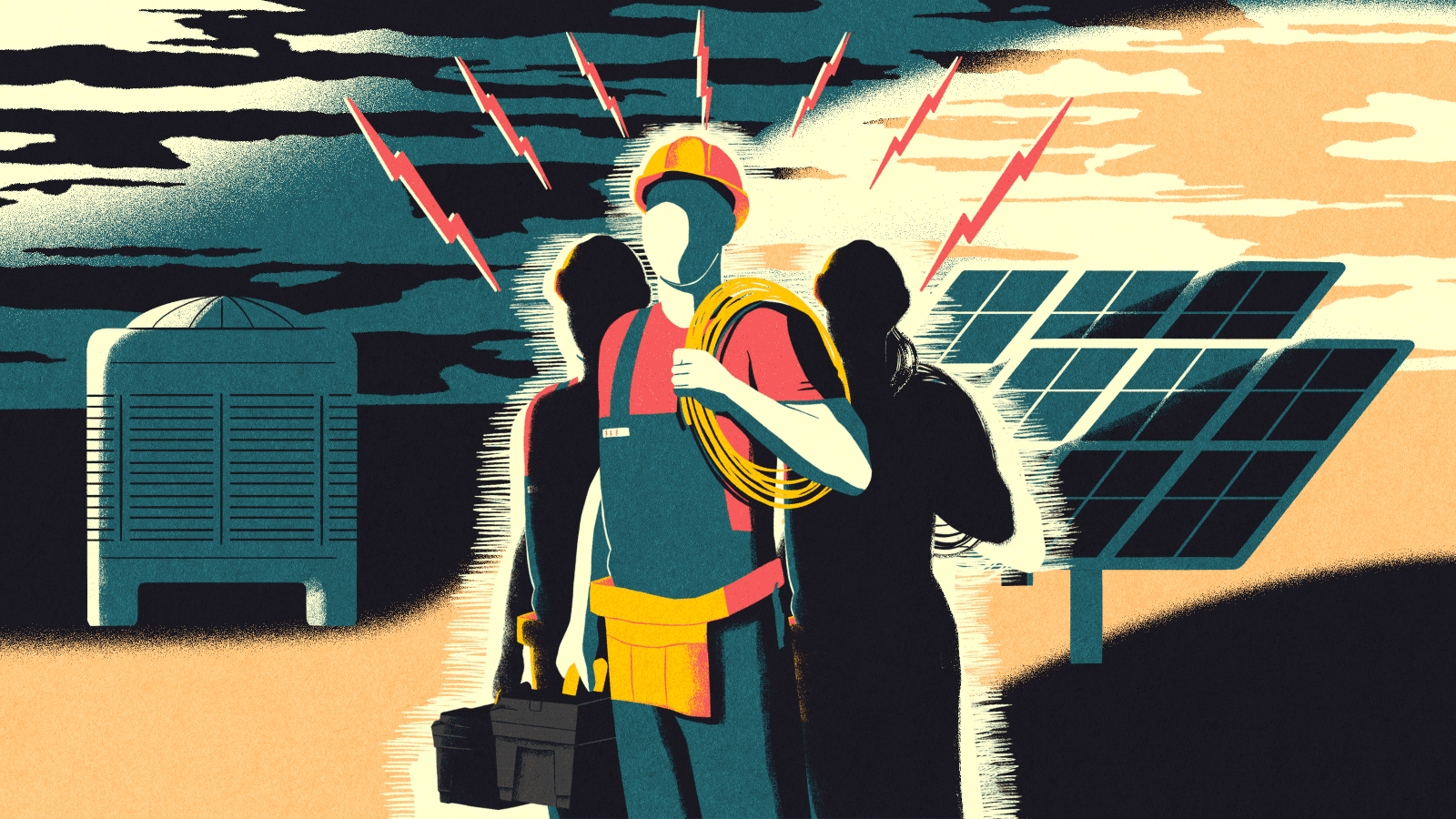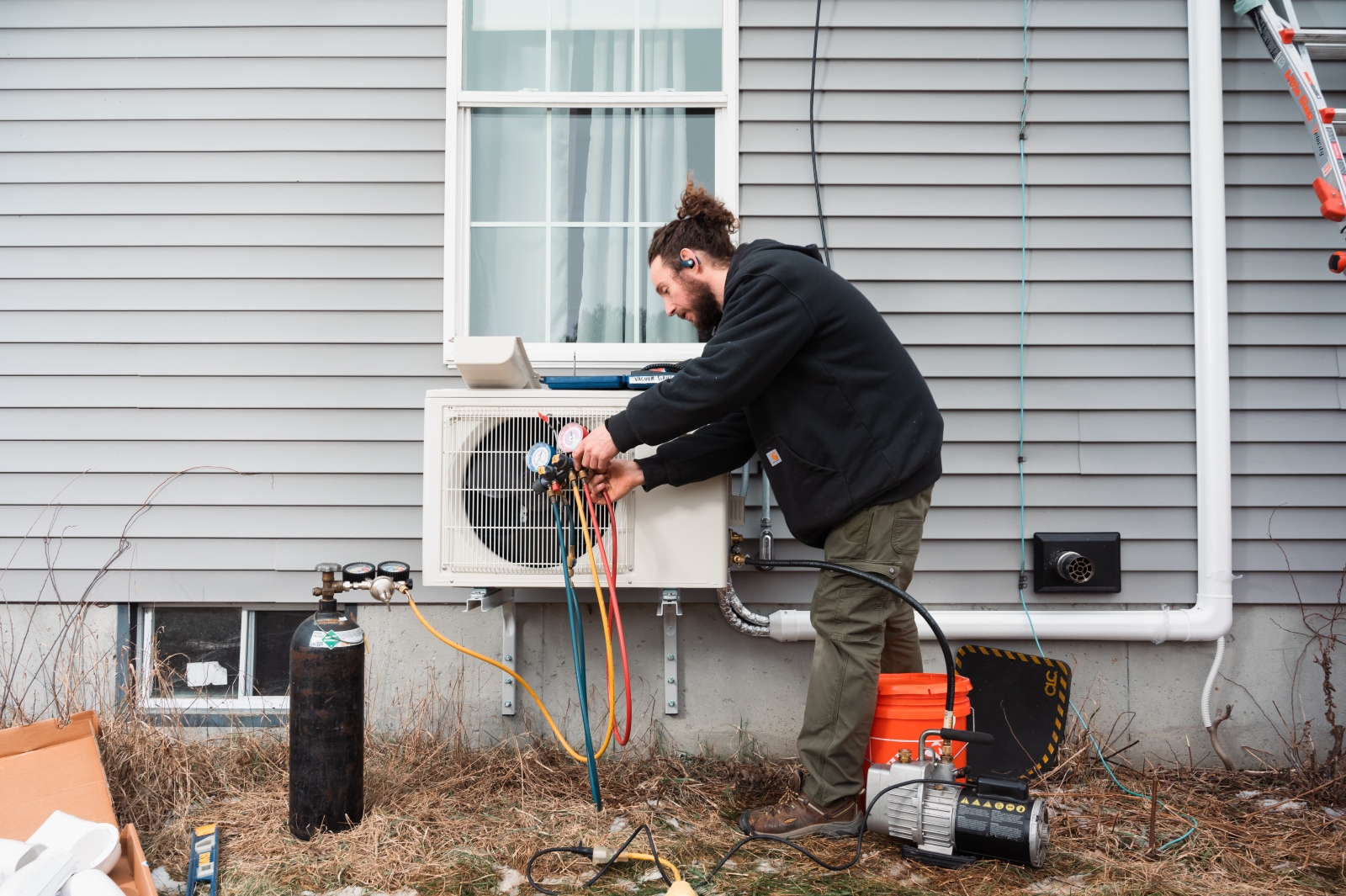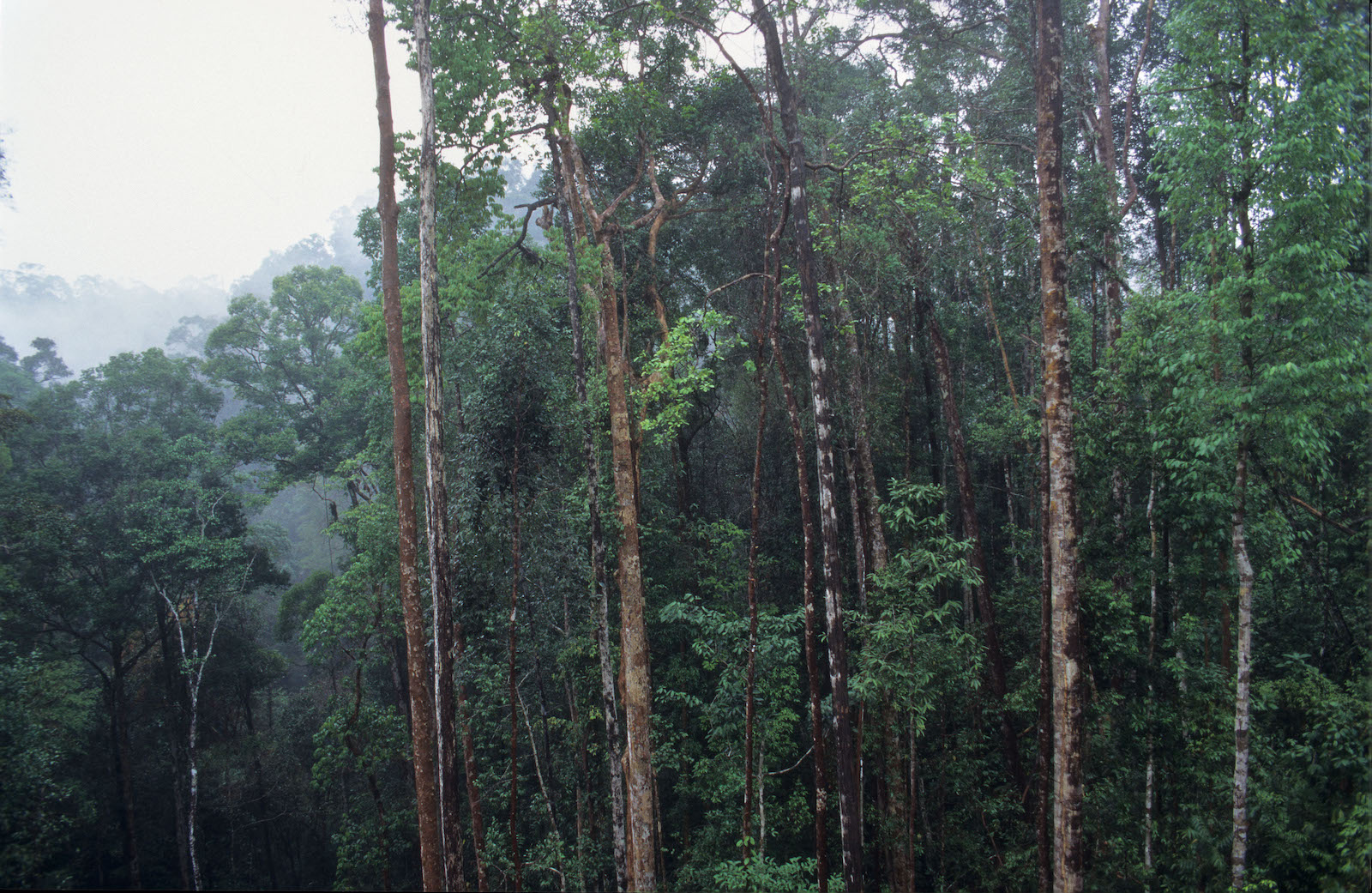
Back in 2015, when 174 countries and the European Union came together to finalize the Paris Agreement, each agreed to do its part to slash greenhouse gas emissions. Signatories put forward their own specific targets — known as “nationally determined contributions,” or NDCs — that would, theoretically, add up to limit global warming to “well below” 2 degrees Celsius (3.6 degrees Fahrenheit).
It’s been largely up to each country to figure out how to achieve these emissions goals. Some countries have begun transitioning their power sectors away from fossil fuels, for instance. Others have levied a tax on carbon emissions or promoted electric vehicles.
But countries also want to work together to achieve their NDCs — and they’re trying to create a new global carbon market to do so. The idea is to allow emissions reductions in one country to count toward the climate progress of another. A country like Indonesia, for example, could plant trees or build a wind farm instead of a natural gas plant, and the project would generate carbon “credits” representing some amount of prevented or reduced greenhouse gas emissions. Another country like the United States would then purchase the credits and claim them toward its own NDC.
In theory, such a carbon market would unlock cost-effective climate mitigation options that otherwise wouldn’t be available. It would incentivize wealthy countries to pay for the least expensive emissions reductions strategies first — most likely projects in the developing world — before paying for costlier options. According to an independent analysis, a U.N. carbon market could halve the cost of fulfilling countries’ NDCs, saving them $250 billion by 2030. Essentially, this means 50 percent more emissions reductions at no extra cost.
A United Nations panel of experts has been working for the past year to hammer out the details of the new market in time for COP28, the U.N. climate conference that’s being held in the United Arab Emirates this November and December. The goal is for the carbon market to begin operating next year.
But many independent experts and advocacy organizations question whether this market will actually help address climate change. Many of the world’s existing carbon markets are plagued by problems, and environmental groups are afraid that a new one could distract wealthy countries from reducing their own outsize emissions, instead encouraging them to offset emissions with unreliable and sometimes harmful carbon removal projects in the developing world.

Universal Images Group via Getty Images
Now, some environmental groups are calling for a new paradigm — one that isn’t based on market-based carbon accounting. “The time for offsetting is over,” said Carsten Warnecke, co-founder of the nonprofit NewClimate Institute. “What we need now is something completely different.”
Tradable carbon credits are already in widespread use, both in “compliance” carbon markets overseen by regional governments and in “voluntary” markets facilitated by the private sector. Compliance markets, like the European Union’s Emissions Trading System, are used to meet legally mandated emissions reduction requirements. Voluntary markets are more frequently used by big companies — firms as varied as Apple, Chevron, and Procter and Gamble — to meet nonbinding net-zero targets. However, aside from a 1997 policy that’s in the process of being phased out, the U.N. has lacked its own carbon market operating on a global scale.
The U.N.’s new efforts are grounded in a section of the Paris Agreement called Article 6, which recognizes how international cooperation can promote “higher ambition” in countries’ climate plans. Article 6.4 in particular envisions a market mechanism to “contribute to the mitigation of greenhouse gas emissions and support sustainable development.”. Though the idea behind Article 6.4 has been around since the Paris Agreement was written, the U.N. group in charge of designing it, called the Article 6.4 Supervisory Body, didn’t start convening until last year. Since then it’s had six contentious meetings to hammer out the details.
The new market “needs to be a tool enabling the world to address the ambition gap it is facing,” Kristin Qui, the Supervisory Body’s chair, said in a statement following the latest round of negotiations in July.
Experts have warned that the tool’s effectiveness depends on how the panel addresses the divisive issue of carbon removal: efforts to take carbon out of the atmosphere so it doesn’t contribute to global warming.
The Intergovernmental Panel on Climate Change, a U.N. body composed of the world’s foremost experts on global warming, has made it clear that carbon removal will be necessary for the world to meet its Paris Agreement climate targets. But what kinds of removal should be allowed, and whether they should be used to generate credits in the U.N.’s forthcoming carbon market — those are much more difficult questions, and they’ve become a key sticking point for the Supervisory Body.

Education Images / Universal Images Group via Getty Images
There are two broad categories of carbon removal. Biological removal typically involves sequestering carbon in soil and forest ecosystems, or changing agricultural practices to be less emissions-intensive. Almost all removal happening today falls into this category, and most of it is “land-based” biological removal, rather than marine-based (although there is growing interest in storing carbon in algae and seaweed and sinking it to the seafloor).
The other category, known as “engineered” removal, uses chemical reactions to draw CO2 out of the air. Within this category is “direct air capture,” in which carbon is sucked straight out of the atmosphere, and “bioenergy with carbon capture and storage,” or BECCS, in which CO2 emissions from the burning of crops or other biomass are prevented from escaping into the air. The carbon captured from these processes can be stored in underground rock formations or in durable products like concrete.
Both categories have their own controversies. Biological removal projects carry a high risk of “reversal,” meaning they’re susceptible to wildfires, logging, development, or other activities that could cause them to release their carbon after just a few years or decades, essentially nullifying their climate benefit. (CO2 from the combustion of fossil fuels lasts up to 1,000 years in the atmosphere.) This is on top of concerns about biological removal harming local communities and violating Indigenous peoples’ rights by encroaching on their lands.
Many environmental groups, like the Climate Land Ambition and Rights Alliance, or CLARA, would like to exclude most of this type of removal from the Article 6.4 mechanism. The group said in a letter to the Supervisory Body that virtually all land-based removal projects are “wholly inappropriate for a carbon market.” If any removal is allowed in the new market, CLARA said, it should only include “activities that actually remove net carbon from the atmosphere.”
Theoretically, this could include engineering-based activities like direct air capture — the other category of removal, which scientists agree is more likely to result in permanent carbon sequestration. But there are risks to banking on a suite of technologies that are still in the demonstration stage and are not yet able to store carbon in meaningful quantities: Currently, just 0.01 million metric tons of CO2 is stored with engineered activities every year, compared to 2 trillion metric tons with biological removal. Environmental groups are worried that including engineered removal in the Article 6.4 mechanism could justify continued fossil fuel extraction, and that BECCS in particular could harm biodiversity by competing for land. Some experts have called for a blanket ban on these techniques — not only from Article 6.4, but from “any other articles of the Paris Agreement.”
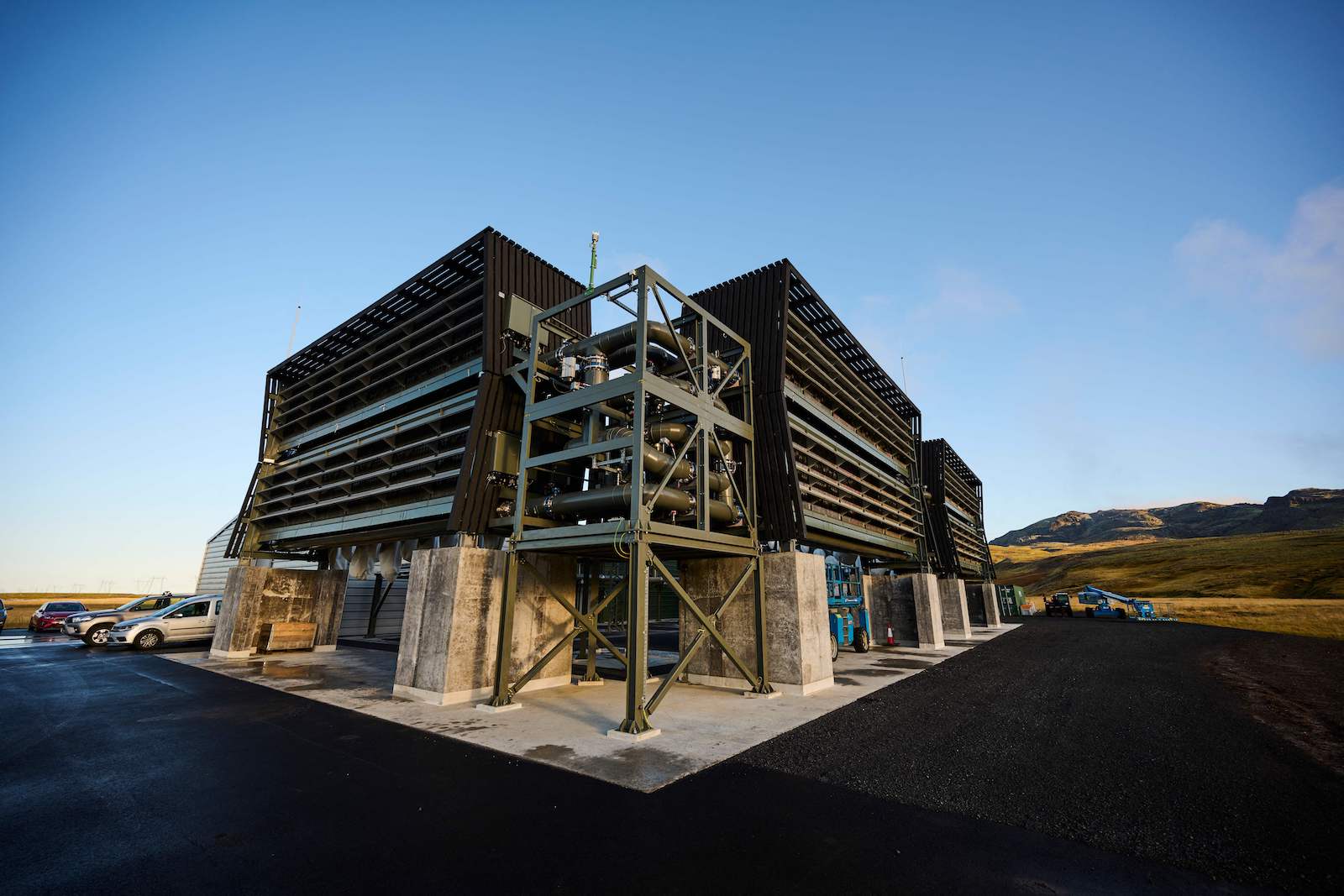
Halldor Kolbeins / AFP via Getty Images
The Supervisory Body, which has generally been bullish on land-based removal, has expressed skepticism about engineering-based activities’ role in the new carbon market. In a memo this spring, the panel said engineering-based activities are “technologically and economically unproven, especially at scale,” adding bluntly that they “do not serve any objectives of the Article 6.4 mechanism.” The memo drew intense backlash from carbon removal companies, which urged the Supervisory Body to reverse its position before finalizing its rules.
In the background of all this debate about the Article 6.4 mechanism, however, there’s a deeper question: Should there be a new market for carbon credits at all? In an open letter published this July, more than 120 environmental organizations told the Supervisory Body: “There should not be carbon markets, especially those that enable offsets, under the Paris Agreement.”
In addition to turning Global South countries into “sacrifice zones,” they said, foreign carbon removal likely won’t represent real, net emissions reductions, and it could discourage wealthy countries from taking immediate action to reduce emissions domestically.
The letter didn’t offer much of an alternative, but many green groups have spent the past few years envisioning a different approach based on climate “contributions.” The idea is to allow countries, companies, and other polluters to continue supporting legitimate conservation and carbon-sequestration activities abroad, but without claiming the resulting emissions reductions in their NDCs, net-zero pledges, or other climate goals.
One version of this approach has appeared in the private sector, where carbon credits used to “offset” ongoing emissions have fallen under intense scrutiny. Instead of funding climate mitigation activities in order to call themselves “net-zero,” some companies have chosen to simply advertise their financial contributions to those activities.
Within Article 6 of the Paris Agreement, the contribution model has drawn attention in two places. The first is actually within Article 6.4, where, during COP27 last year, negotiators agreed to recognize a new kind of carbon credit called a “mitigation contribution” unit. These units could be bought and sold like carbon credits, but they upend the logic of a traditional carbon market because the carbon savings would only count toward emissions reductions in the host country. The donor country would essentially be funding foreign climate mitigation, and could claim progress toward its climate finance goals — promises that rich countries have made to fund climate mitigation and adaptation in the developing world. The donor would remain responsible for reducing emissions domestically, in order to fulfill its NDC.

Bill Allsopp / Loop Images / Universal Images Group via Getty Images
At COP27, environmental groups said this development signaled an “overdue paradigm shift” that could carry over into the private sector, showing that an alternative to offsetting is “not only possible but better.”
The other place within Article 6 for contribution-based climate action is in Article 6.8, which proposes a web-based platform to facilitate “nonmarket” climate cooperation between countries. Details still need to be ironed out — Article 6.8 is the least-developed part of Article 6 — but proponents have suggested that the platform serve as a kind of “matching facility” to pair countries looking for climate finance with those offering it.
Because this matching facility wouldn’t be governed by market forces, it could give developing countries more latitude to seek funding for projects based on factors other than their potential to mitigate carbon emissions. It elevates what Peter Riggs, CLARA’s co-coordinator, called “co-benefits” — hard-to-quantify but vital objectives like boosting biodiversity, protecting Indigenous rights, and adapting to extreme weather fueled by climate change.
“We feel that 6.8 is actually the better model for contribution because you’re not limited to a carbon metric,” Riggs said, although he added that both this approach and the mitigation contribution units in 6.4 could move things in the right direction.
For now, environmental groups are awaiting an updated Article 6.4 draft that the Supervisory Body is expected to publish before its next meeting in mid-September — a “bellwether,” according to Riggs, that will signal the direction the body’s negotiations will take before COP28. In the near term, it’s likely that activists will focus on blocking the least reliable kinds of carbon removal from Article 6.4’s offset-based carbon market, but Riggs said he’s hopeful that growing recognition of the “shakiness” of the standard offsetting approach could help give more of a foothold to the contribution-based alternatives.
A work program to flesh out Article 6.8 is scheduled to take place in two phases over the next three years, with a progress review set for sometime in 2026.
This story was originally published by Grist with the headline As the UN designs a new carbon market, experts call for a different approach on Sep 1, 2023.

